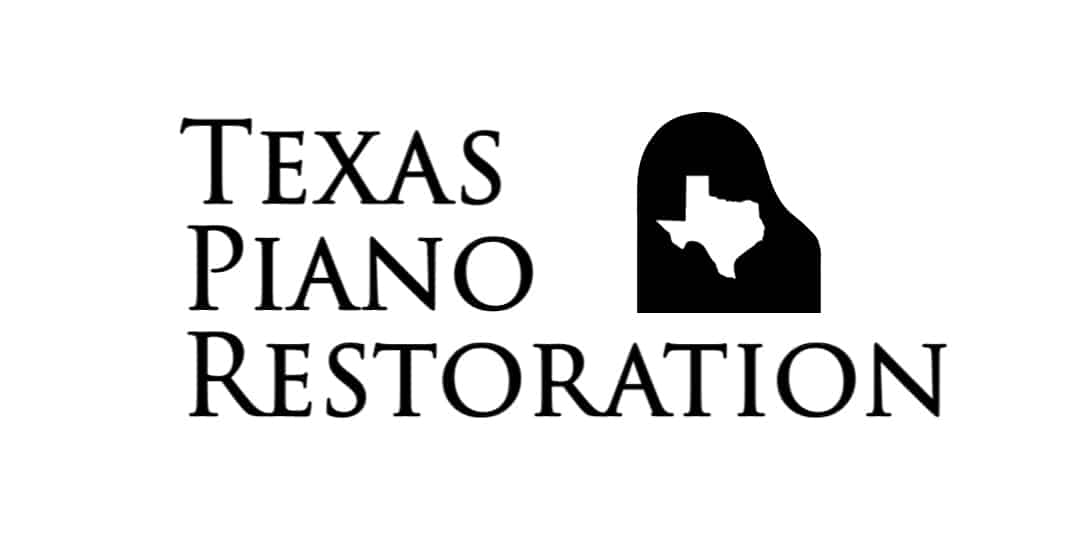Vintage pianos are pieces of history that embody craftsmanship and heritage. Maintaining these pianos ensures that their unique sound and aesthetic value are preserved for future generations. The decision to restore or replace parts in these instruments involves careful consideration.
Restoration helps us to maintain the piano’s original elements and historic value, often enhancing its sound and durability. Replacement, on the other hand, involves substituting worn or broken parts with new ones. This might alter the piano’s original character but ensure functionality.
This article will explore how piano owners can decide the best course of action between restoring and replacing parts and balancing historical integrity with practical performance.
Assessing the Piano’s Condition
When determining the condition of a vintage piano, the first step is identifying visible signs of wear and damage. Issues like cracks in the wood, sticking keys, and uneven sound can all signal deeper problems. It’s important to examine both the exterior and the mechanics of the piano for a comprehensive view of its condition.
Identifying Signs of Wear and Damage
To keep a vintage piano in good shape, start by looking for any obvious problems. Check for cracks in the wood, keys that stick or don’t work, and any signs of old and worn-out parts like strings or felt. It’s also important to look inside the piano for hidden issues that might affect its sound and functionality.
Consulting with a Professional for an In-depth Evaluation
It’s also a good idea to get help from a professional piano technician. They have the right tools and knowledge to thoroughly check the piano. They can spot problems that you might miss and advise whether it’s better to fix or replace parts. This expert evaluation is key to making the best decisions for your piano’s care, ensuring it continues to perform well and retains its value.
Considerations for Restoration
When considering the restoration of a vintage piano, it’s essential to weigh several factors. Restoring a piano helps maintain its historical essence and authenticity, often enhancing its overall sound quality. However, the decision must also take into account the cost differences between restoration and replacement. Restoring a piano might be more upfront but can be more economical over time, preserving the instrument’s value and unique characteristics that a replacement might not replicate.
Historical Value and Authenticity
Restoring a vintage piano can preserve its historical significance and authenticity. This is especially important for pianos that have cultural or sentimental value. Restoration maintains the original materials and craftsmanship, which are crucial for collectors and enthusiasts who value historical accuracy.
Potential for Improvement in Sound Quality
Restoration can significantly improve the sound quality of a vintage piano. Through re-stringing techniques, a restored piano can achieve a sound close to its original condition, enhancing the playing experience.
Cost Comparison with Replacement
Comparing the costs of restoration versus replacement is vital. While restoration might initially seem more expensive as the cost of restoration typically ranges between 2,000 to 17,000 dollars, it can often also prove cost-effective in the long run. Restoring a piano maintains its value and can be less costly than buying a new piano of similar quality. Additionally, replacement might not always be feasible or desirable, especially for rare or antique pianos where original parts are integral to their value.
When to Replace Parts
When deciding to replace parts in a vintage piano, individuals must consider the balance between maintaining the piano’s historical integrity and ensuring its performance and functionality. Here’s a more detailed look:
- Availability of Original or Compatible Parts: It’s important to find original parts to preserve the piano’s authenticity. If originals aren’t available, high-quality compatible parts can be a viable alternative.
- Impact of Replacement on Value and Performance: Proper replacements can maintain or even enhance the piano’s value, and significantly improve its performance, ensuring a richer sound and smoother playability.
- Cost-Effectiveness: Assessing whether to replace parts or opt for a full restoration involves analyzing the costs and benefits of each. Replacing parts might be more cost-effective for managing specific issues without the extensive work and expense of a full restoration, making it a strategic choice for extending the piano’s lifespan while keeping costs in check.
Choosing the Right Approach
Finding the right balance between preserving its historical essence and updating the piano for modern use should also be taken into consideration. This balance affects not only the piano’s authenticity but also its functionality in contemporary settings. Careful consideration of how much to maintain original components versus incorporating new technologies plays a key role in this decision.
Decisions should be based on a clear understanding of the piano’s intended use—whether it’s meant for regular performances, practice, or as a showpiece. This understanding will guide the extent of restoration or modernization needed to fulfill its purpose effectively without compromising its historical value.
Lastly, budget constraints and personal goals also significantly influence the approach. It’s important to evaluate what is financially feasible and what will best meet the owner’s expectations. Whether aiming for a fully authentic restoration or a more performance-oriented upgrade, aligning these factors helps ensure that the piano continues to delight both visually and acoustically.
Conclusion
Maintaining or restoring a vintage piano involves a thoughtful analysis of its condition, understanding the balance between authenticity and modern usability, and aligning the restoration or replacement decisions with the piano’s intended use and available budget. Preserving the legacy of vintage pianos is keeping an instrument playable and also about honoring and sustaining the historical and cultural narratives embedded within it. By carefully considering each aspect, owners can ensure that these treasured instruments continue to bring joy and beauty to music and history enthusiasts alike.

